“Never a teacher,” I declared from the time I was in public school, growing up in the Leamington district of southwestern Ontario. When I finished high school in Ontario, I enrolled at Canadian Mennonite Bible College (CMBC) in Winnipeg, and the “never a teacher” assertion played a prominent role in my mind through college, even though I openly claimed I was ready to do whatever the Lord wanted me to do.
During my college years (1949-52), I became very interested in Elna Friesen, who was taking teacher training to be able to teach in northern Manitoba. Her brother was already teaching in the North and brought home exciting adventure stories. When my relationship with Elna developed to the point where we were not willing to go our separate ways, I relented and finally said, “Why not a teacher?”
Even before graduation in June 1952, Elna and I signed a contract to teach in a two-room school at Moose Lake, Man. Because she was a certified teacher, Elna taught the upper grades, while I only had a teaching permit and taught the lower three grades.
The Moose Lake school was part of a provincial school division, so all teaching supplies were provided, but the community had no electricity. We each had 40 names on our class registers, but some families would go out trapping with their children, so they were not always present. This was fine with us because we did not have enough desks to seat them all at the same time.
We followed the direction of the school inspector in all areas of curriculum—except language. He wanted us to force the children to speak only English, but we respected the local Cree language. While we encouraged the students to become as fluent as possible in English, we did not discourage the students from also speaking Cree. The inspector was not happy with us.
During our second year at Moose Lake, Elna became pregnant. The prospect of boarding another teacher the following year in our small residence while Elna stayed home with our soon-to-be-born child concerned us. We found a new teaching assignment for me at a one-teacher school in Little Grand Rapids, a community located 281 kilometres northeast of Winnipeg by air and 16 kilometres west of the Manitoba-Ontario border.
The treaty in that area between the federal government and the Indigenous peoples had been signed in 1876 and included provisions for schools in each community that wanted one. The first school at Little Grand Rapids was established in 1906. When we arrived there in the fall of 1954, the day school was run by the United Church, and I was expected to conduct Sunday and midweek church services as well as teach at the school. We were happy with that arrangement.
As I recall, the Little Grand Rapids school had fewer students and only five grades. At Moose Lake, we had learned some Cree, but here the language was Ojibwe. Little Grand Rapids was more isolated than Moose Lake, and the cultural assimilation was considerably less. I again got my knuckles rapped for using a bilingual approach.
Being a school under the federal government’s Department of Indian Affairs, all the supplies—textbooks and notebooks—were supplied. Here, too, there was no electricity, so there was no electronic equipment. Life at the school and in the community was very enjoyable, and we felt fully accepted by the people.
We had heard of an outlying community just 16 kilometres north of Little Grand Rapids, called Pauingassi, that had never had a school, even though it had asked for one. Its children did not attend school at Little Grand due to the long distance and the two sets of rapids between the settlements.
Besides teaching and ministering, I was also asked to tag furs for the Hudson’s Bay Company. Ontario trappers could not sell their furs unless they were tagged. One winter day, an elder from Pauingassi came to get his furs tagged. He and the other elders had been observing how we operated the school and that we were learning the Ojibwe language.
The elder made the following request: “Our way of life in the past has been very adequate for us; we did not need English nor the outside world. However, this world is now crowding in on us, and for tomorrow our children will need the English language. Come and set up your tent with us, teach our children English, and have services with us.”
With this three-point invitation and a distinct nudging from the Lord, it was impossible to refuse. As a result, I resigned my position in the spring of 1955 and set wheels into motion to move our family to Pauingassi in the fall.
Because the 129 inhabitants of Pauingassi were registered under treaty, I requested assistance from Indian Affairs. I was not a stranger, but the inspector was not pleased with me because I had resigned from the Little Grand Rapids school. When Indian Affairs realized that I was beginning to learn Ojibwe, they clearly said: “You are crazy to learn Ojibwe; no Indian will ever respect you if you learn their language.”
I left the Indian Affairs office without a penny of assistance, but not the least bit discouraged. Our invitation had come from two different sources, which was all we needed. We moved to Pauingassi in October 1955, and the churches from southern Manitoba that were connected with Mennonite Pioneer Mission gave us monthly support and provided a sawmill to construct the necessary buildings.
After we completed the buildings for the school, we offered to help the townsfolk improve their own dwellings. Their homes were situated in family clusters all around Fishing Lake, so we requested that when they built a new house, they build it on the same shoreline as the school, to facilitate the children getting to and from school without having to cross the water.
Because I had agreed to make all the desks and benches from the lumber we sawed at the mill, I had set aside the fall weeks for the project. Many of the townspeople had already moved out to the trapline for the winter trapping season, but the children that were around in town kept bugging me that they wanted to start school as soon as possible. As a result, I pushed myself and we started two weeks before Christmas.
Since the community had never had a school, they were not used to sitting in a classroom, so I conducted school during the afternoons only. This gave the children and their families a chance to get used to the rhythm of school life, and it gave me some breathing space to get many other projects done.
Regardless of age (7 to 16), all students started at the same place, and I let each one advance through grade levels at their own pace. Mennonite Pioneer Mission gave us the basic educational supplies, and we started with a bilingual approach. If I knew the equivalent word in Ojibwe, I would give them both words. Math was by far the easiest subject to teach bilingually because they were always dealing with the number of rabbits or squirrels they had snared. When the families returned from their trapping areas in the spring, that meant starting over with the new students while the others moved ahead to another grade.
After Indian Affairs observed for a couple of years what we were doing, they decided to come on board and assist us. With their help, we were able to change to full days of school. They also paid Mennonite Pioneer Mission $12 a month for every child in attendance and covered the rent for the building and all the school supplies.
Because of the heavy workload in teaching, community involvement, medical dispensing and church work, I discontinued my teaching responsibilities in 1960 in order to focus on other aspects of the mission. A teacher was then appointed to carry on the classroom work, while she boarded in our home. By 1963, we were able to build a teacher’s residence and Indian Affairs paid the first salary directly to the teacher.
And so, my “never a teacher” statement was proven wrong, as I did serve seven years as a classroom teacher. It was a good experience, however, and taught me valuable lessons along the way.
Henry (b. 1929) and Elna Neufeld (1930-2011) served with Mennonite Pioneer Mission (later called Native Ministries) at Pauingassi from 1955 to 1970. Henry then became an itinerant minister to Pauingassi, Little Grand Rapids, Bloodvein, Hollow Water, Manigotagan and Cross Lake until 2013, when the Native Ministries department of Mennonite Church Canada was downsized. He still goes to Pauingassi to visit and encourage friends there once or twice a year, but now travels with his son. He also serves as chaplain at Winnipeg’s Indigenous South East Care Home and leads a monthly woodworking class at the Indian Metis Friendship Centre
First published in the June 2018 issue of Mennonite Historian.
Further thoughts
In reflecting back over the past 60 plus years, it is rewarding to observe the advances in English that have been made. Ironically, the concern today is the Indigenous children losing their mother tongue.
Over these 60-plus years, I have also observed other shifts that are having a profound impact on Pauingassi and the neighbouring communities. The impact is due to the placement of provincial boundaries, which in this case is the Manitoba/Ontario boundary. The impacts caused by the boundary have the effect of breaking a homogeneity of the Ojibwe culture as it has existed on the Berens River for centuries. The impacted communities include Berens River, Little Grand Rapids and Pauingassi in Manitoba, and Poplar Hill and Pikangikum in Ontario.
Activities that supported frequent contact between the Ontario and Manitoba communities are nearly severed as a result of the colonial establishment of the provincial boundaries:
- Consider academics. When students leave the reserve, they attend schools supported by their province. Those attending academic institutions from the reserves are forced into separate advanced educational institutes in different provinces. These are typically young adults, and now the traditional practice of where one might find a life’s partner is interrupted.
- Consider also winter road transportation. The development of winter roads is a provincial responsibility to take people from their communities to the hub where roads are built. Consequently, this is a forced separation from the “togetherness” that has historically been afforded through the east/west transportation along the Berens River. This can include relatives living on a companion reserve across the provincial boundary. It obviously creates difficulty visiting their family because there are no roads to connect the reserves. Planes are available but at a cost.
See more about Henry Neufeld’s involvement with indigenous communities at ‘A picture of his grandmother.’
See also: “The long path”
For discussion
1. Henry Neufeld declared he would never be a teacher, but ended up in that profession after all. Have you ever had a similar experience? Why do you think he didn’t want to be a teacher when he was young? Do you think he felt called by God?
2. Neufeld and his wife defied the school inspector and did not discourage the children of Moose Lake from speaking Cree. Why would the inspector have had an “English-only” policy? What were the implications of the Neufelds refusing to follow that policy? Can you think of a situation today where an “English-only” policy might be enforced?
3. In earlier times, the government of Canada tried to assimilate Indigenous people without regard for preserving their language and culture. What harm has been caused by that strategy? Is it also important for immigrants to preserve their language of origin?
4. In the 1950s and ’60s, Mennonite churches were excited about supporting church plants in remote Indigenous communities. Since then, these projects have been downsized. How do Mennonite churches relate to Indigenous communities today? Where might dedicated young people serve today?
—By Barb Draper


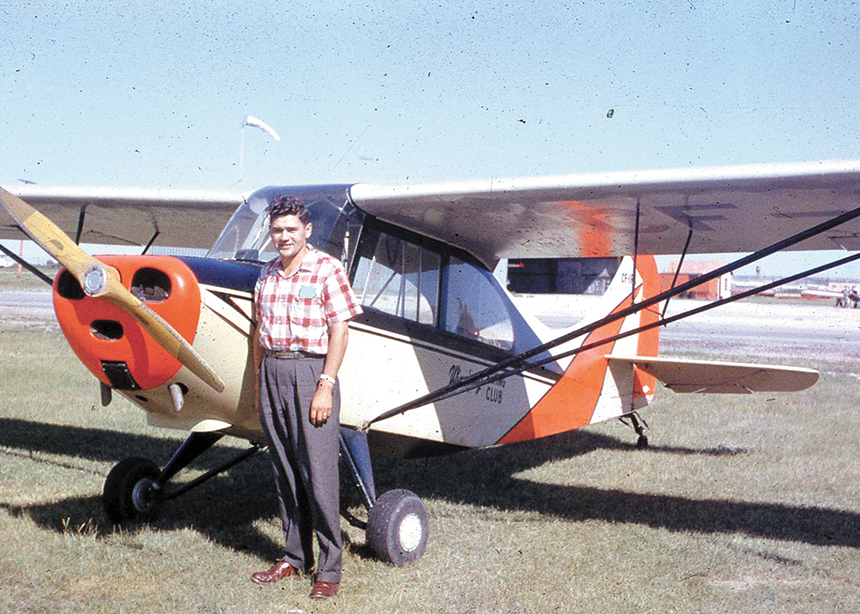


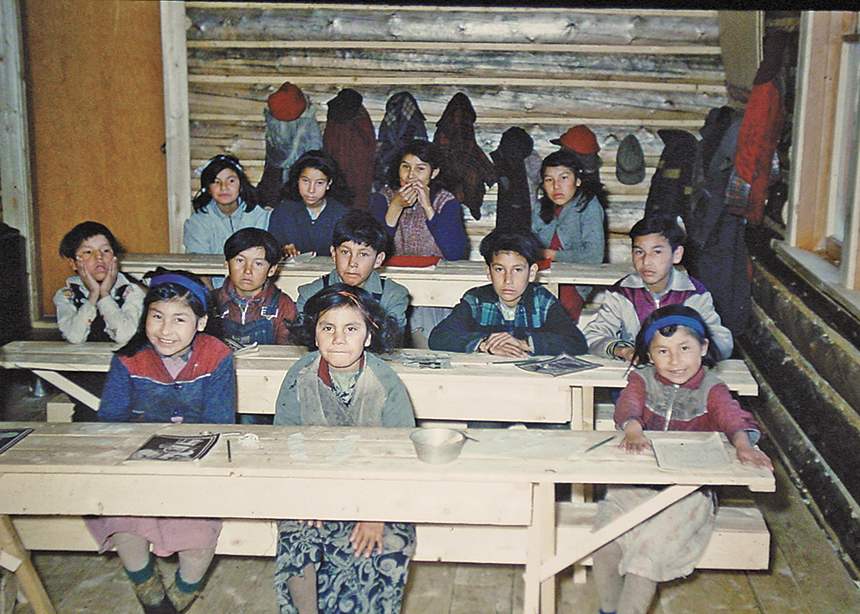
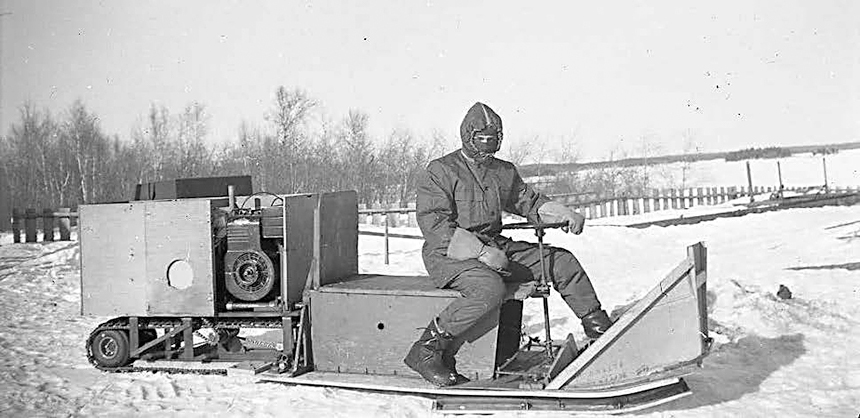

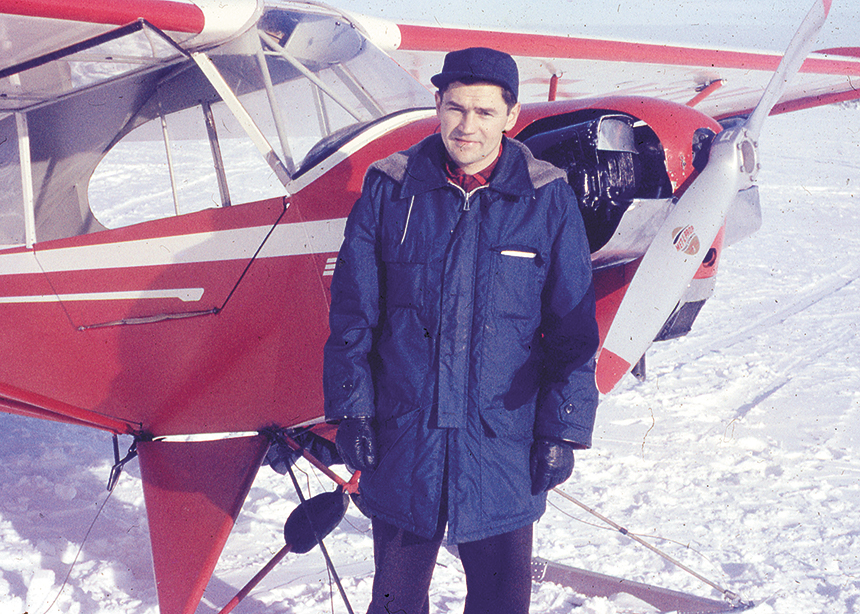
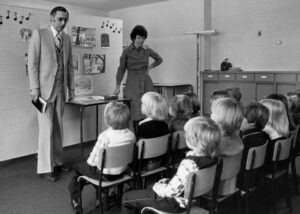

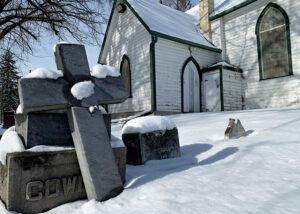

Leave a Reply
You must be logged in to post a comment.